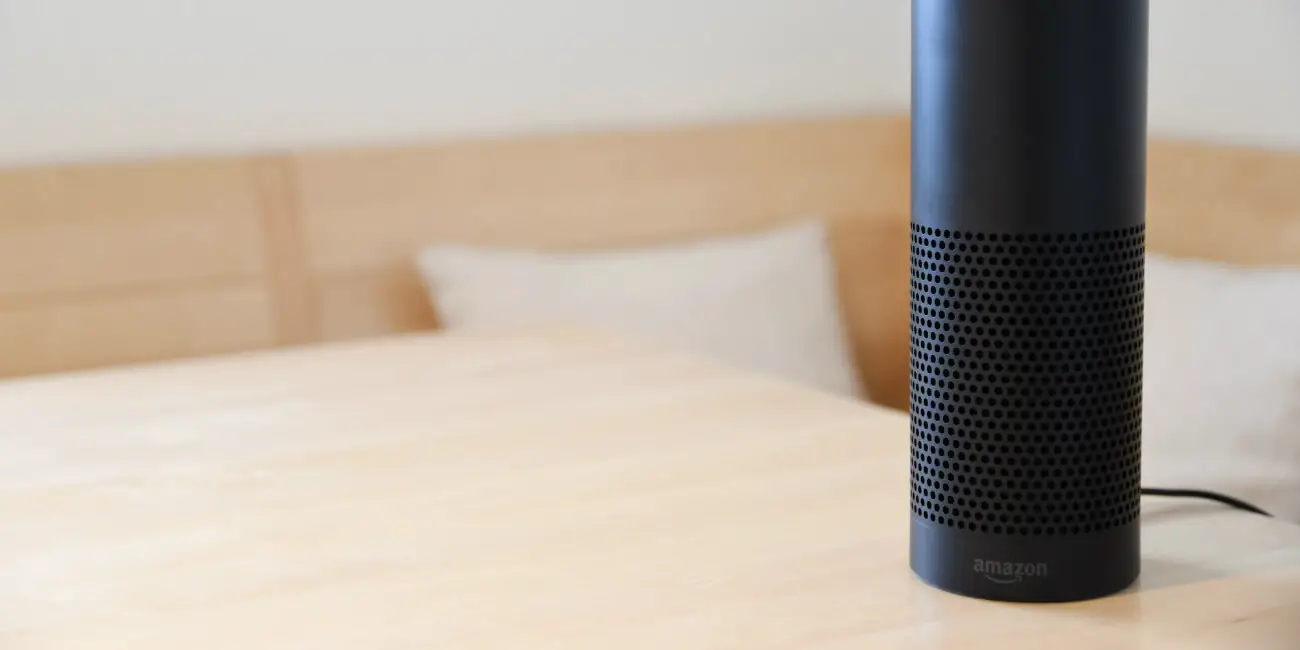
Bots Can’t Have Opinions
Amazon and other online marketplaces that allow buyer feedback are notorious for housing fake reviews..
In one of our previous Mods, we delved into the pages of Amazon that can leave you regretting a bad purchase. Bamboozled by a seller showing you a fake review rating today, we broaden the scope into the entirety of the internet, because these fake reviews are happening in more places than one.
The Future of Bots is Now
90% of consumers read product reviews before purchasing something online. These reviews will make or break the sale, depending on what the consumer considers reasonable and how well they can see through the fog -- more on that later. So, what do you do as an online vendor when no one will buy your products and honesty is not high on your list? Lie, of course. Today, far too many vendors, marketers and content creators are guilty of “buying reviews” to make what they are selling appear to be more reliable and higher quality than they are in reality. This could be as simple as slipping some people a couple bucks to give you five stars and be on your merry way.
The extent to which buying reviews has reached now makes it nearly impossible to decipher between an honest review and one left by a bot. These aren’t the science fiction robots you might be thinking of, but rather simple lines of code inside of botnets (networks tied to hundreds, or even thousands, of bots) designed to do a specific task over and over and over again, appearing to the website or user to be different people from different places. Since these bots serve such a simple purpose and can be easily reprogrammed to change targets in large numbers, their services can be sold for 'as little as 25 cents per review.'
From Amazon to eBay, Facebook to Twitter, even YouTube to SoundCloud, bots have infested the internet and it’s our job to deal with the pest problem.

Real & Honest or Copy & Paste?
How is the average person supposed to tell that a review was left by a bot, as opposed to a real human being? Well… they’re not. The thing that makes bot reviews work and allows them to keep being bought and sold is that they look very real. However, sometimes they're a little too real. In a study done by Michael Luca and Georgios Zervas in 2015, they found that roughly 16% of reviews on Yelp are fake. Yelp even has its own algorithm for determining fake reviews- this 16% are just the ones that were not caught. You’ve most likely seen bot reviews and took them as fact, as have we all (think about how some Instagram accounts get engagement).
All that said, what distinguishing factor makes a fake review stand out amongst the crowd? Well… there isn’t one. However, there are a few checks a review has to pass before it can be posted on websites that use a filter.
- The first filter would be a review consisting of only one or two words. “Nice” or “Good product” are a bit sketchy, no? If I genuinely enjoyed a product enough to give five stars, I’d at least muster up enough energy to crank out a sentence or two. These extremely short reviews are widely used because they are so versatile, which makes it easy to repurpose the bots to have reviews sold to different companies, effortlessly.
- Another dead giveaway of bot activity is having the reviews left by new accounts. On sites like Yelp and eBay, you can view the profile of whoever left the review. Bots don’t have much of a personal life, so their profile pages are usually the bare minimum needed to use the site. 'Account created: 2 days ago' could certainly just be someone who recently heard about the site and is starting out, but it can just as likely (if not moreso) be a bot.
- This last filter is probably the most disputable. Many botnets are made in countries where English is not the first language, which makes leaving English reviews rather difficult. These fake reviews may have grammatical errors, poor understanding of syntax, etc. Of course, we can't assume that everyone online is perfect at spelling, but in addition to the other filters above, we can use this to further identify and catch bot activity.
Where Do We Go Now?
The bot issue is something the internet has been dealing with for some time now. Lots of progress made in artificial intelligence has made it possible and very simple to check pages for fake reviews before you fall into the pit we're all too familiar with. One such website that stands out is FakeSpot. Simply paste the URL of the page you are viewing into the bar at the top and FakeSpot will generate a report for you, going as far as calculating a realistic rating for the product after all fake reviews are dismissed. FakeSpot even offers a Chrome browser plug-in, so all you have to do is click on it when you are on a page you suspect contains fake reviews- nice! As technology advances, finding the fakes will only get harder, but hopefully websites like Fakespot will be able to keep up and keep pages fraud free.
If you found this Mod helpful, you might also enjoy learning about how to spot and report fake reviews on Amazon specifically. Please consider spreading this knowledge by sharing this Mod, using the social media icons below. Any comments or questions? Let us know on Twitter!

